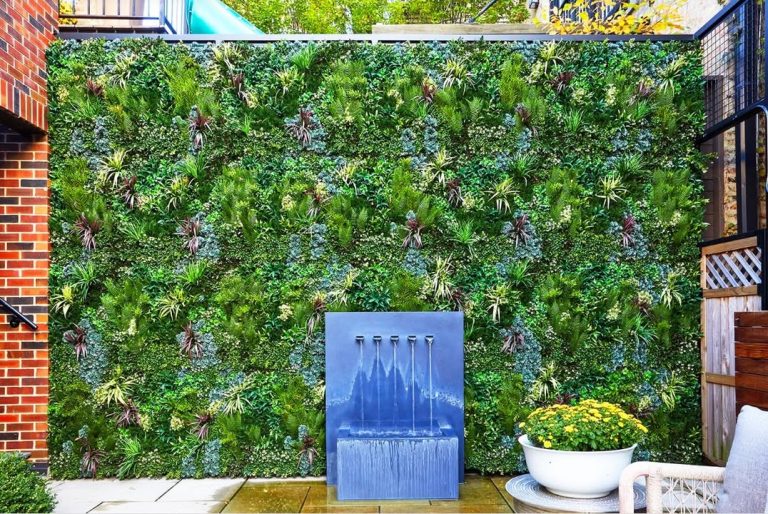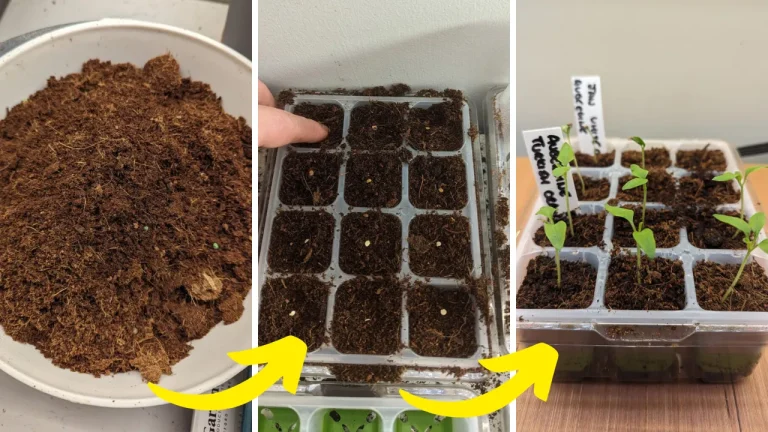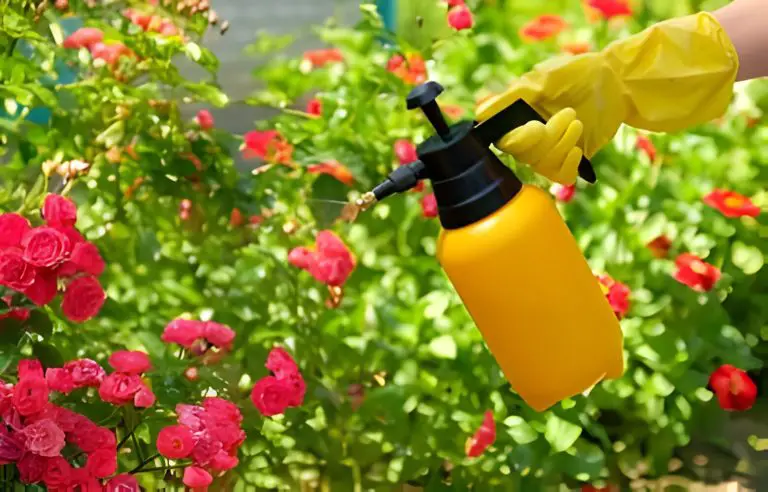How to Grow Lantana in Pots, Hanging Baskets & Containers
Lantana, known for its vibrant clusters of flowers and hardy nature, is a popular choice for gardeners looking to add a splash of color to their outdoor spaces. Growing lantana in pots, hanging baskets, and containers is an excellent way to enjoy these beautiful plants, even if you have limited garden space.
This blog post will guide you through the process of successfully growing lantana in various containers, ensuring your plants thrive and bloom profusely.
Why Choose Lantana for Containers?
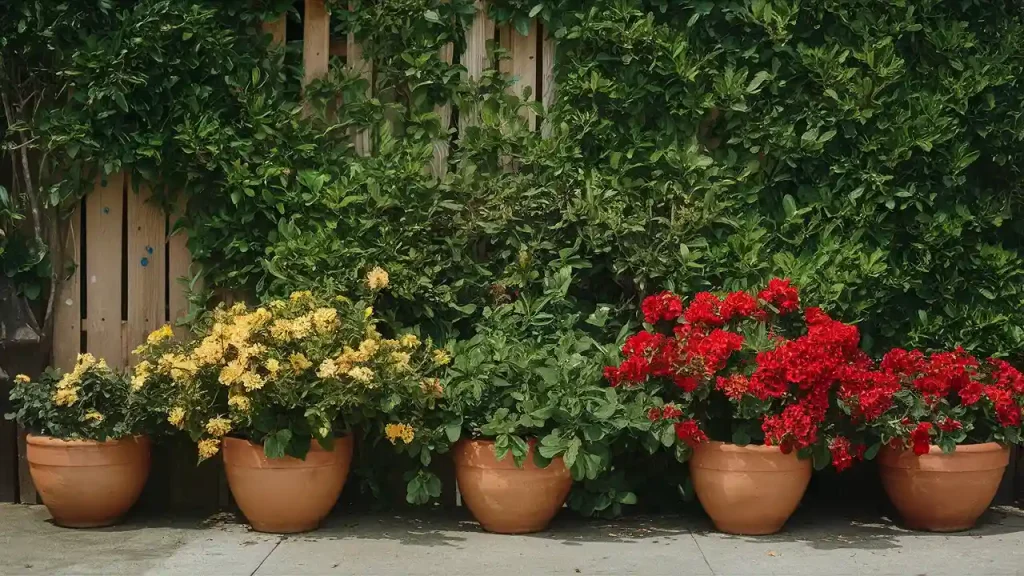
Lantana is a versatile and resilient plant that offers several benefits when grown in containers:
- Vibrant Colors: Lantana flowers come in a range of colors, including yellow, orange, red, pink, and purple, often with multiple colors on a single flower cluster.
- Long Blooming Season: These plants bloom from spring through fall, providing continuous color.
- Drought Tolerance: Lantana is well-suited to hot, dry conditions, making it ideal for container gardening.
- Attracts Pollinators: The flowers attract butterflies, bees, and hummingbirds, enhancing the biodiversity of your garden.
Choosing the Right Container
Selecting the appropriate container is crucial for the health and growth of your lantana plants. Here are some key considerations:
Size and Depth
- Pots: Choose pots that are at least 12-14 inches in diameter and 10-12 inches deep. This size provides enough space for the roots to grow and ensures the plant remains stable.
- Hanging Baskets: Opt for hanging baskets that are at least 12 inches in diameter. Ensure they have adequate depth to support the root system.
- Containers: Any container with similar dimensions to the pots mentioned above will work well. Ensure it has drainage holes to prevent waterlogging.
Material
- Terracotta: These pots are breathable and help prevent root rot but can dry out quickly.
- Plastic: Lightweight and retains moisture well, but may not be as aesthetically pleasing.
- Ceramic: Attractive and durable, but can be heavy and may require more frequent watering.
Soil and Planting
Lantana thrives in well-draining soil. Here’s how to prepare the soil and plant your lantana:
Soil Mix
- Use a high-quality potting mix that includes perlite or sand to improve drainage.
- Avoid garden soil, as it can be too heavy and may not drain well in containers.
Planting Steps
- Fill the Container: Fill your chosen container with the potting mix, leaving about 2 inches of space from the top.
- Planting: Dig a hole in the center of the potting mix that is slightly larger than the root ball of your lantana plant.
- Position the Plant: Place the lantana in the hole, ensuring the top of the root ball is level with the soil surface.
- Backfill and Firm: Fill in around the root ball with potting mix and gently firm the soil to eliminate air pockets.
- Watering: Water the plant thoroughly after planting to help settle the soil and establish the roots.
Care and Maintenance
Proper care is essential to keep your lantana healthy and blooming. Here are some tips:
Watering
- Frequency: Water when the top inch of soil feels dry. Lantana is drought-tolerant but performs best with regular watering.
- Method: Water deeply to encourage deep root growth, but avoid waterlogging.
Fertilizing
- Type: Use a balanced, slow-release fertilizer or a liquid fertilizer diluted to half strength.
- Frequency: Fertilize every 4-6 weeks during the growing season (spring to fall).
Pruning
- Deadheading: Remove spent flowers to encourage continuous blooming.
- Shaping: Prune back any leggy or overgrown stems to maintain a compact shape.
Pest and Disease Control
- Pests: Watch for common pests like aphids, whiteflies, and spider mites. Use insecticidal soap or neem oil if needed.
- Diseases: Ensure good air circulation and avoid overhead watering to prevent fungal diseases.
Overwintering
In colder climates, lantana can be overwintered indoors:
- Move Indoors: Before the first frost, bring your lantana containers indoors to a bright, cool location.
- Reduce Watering: Water sparingly during the winter months, just enough to keep the soil from completely drying out.
- Resume Care: In spring, gradually reintroduce the plant to outdoor conditions and resume regular watering and fertilizing.
Detailed Care Tips
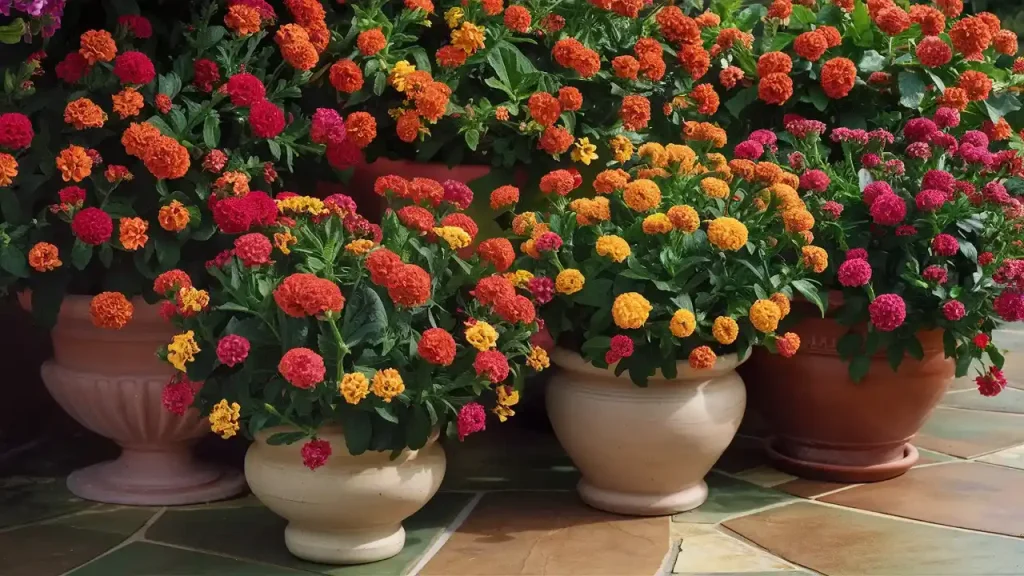
Light Requirements
Lantana thrives in full sun, requiring at least 6-8 hours of direct sunlight daily. Insufficient light can lead to reduced blooming and leggy growth. If growing indoors or in a shaded area, consider supplementing with grow lights to ensure the plant receives adequate light.
Temperature and Humidity
Lantana prefers warm temperatures and can tolerate heat well. Ideal temperatures range from 60°F to 90°F (15°C to 32°C). While lantana is relatively drought-tolerant, it does not fare well in high humidity, which can promote fungal diseases. Ensure good air circulation around the plant to mitigate humidity issues.
Soil pH
Lantana prefers slightly acidic to neutral soil, with a pH range of 6.0 to 7.5. You can test your soil pH using a home testing kit and amend it if necessary. Adding organic matter like compost can help maintain the desired pH level.
Mulching
Applying a layer of mulch around the base of the plant can help retain soil moisture, regulate temperature, and suppress weeds. Use organic mulch like shredded bark, straw, or compost. Ensure the mulch does not touch the stem of the plant to prevent rot.
Companion Planting
Lantana can be paired with other sun-loving, drought-tolerant plants in containers. Good companions include:
- Marigolds: Their bright colors complement lantana and they help repel pests.
- Salvia: Another pollinator-friendly plant that thrives in similar conditions.
- Verbena: Shares similar care requirements and adds variety to your container garden.
Troubleshooting Common Problems
Yellowing Leaves
- Cause: Overwatering, poor drainage, or nutrient deficiencies.
- Solution: Check the soil moisture and ensure proper drainage. Adjust watering frequency and consider fertilizing if nutrient deficiency is suspected.
Wilting
- Cause: Underwatering, root rot, or extreme heat.
- Solution: Water the plant thoroughly if the soil is dry. If root rot is suspected, improve drainage and reduce watering. Provide shade during extreme heat.
Poor Blooming
- Cause: Insufficient light, over-fertilization, or improper pruning.
- Solution: Ensure the plant receives adequate sunlight. Avoid excessive fertilization, which can promote foliage growth at the expense of blooms. Regularly deadhead spent flowers.
Conclusion
Growing lantana in pots, hanging baskets, and containers is a rewarding way to enjoy their vibrant blooms and hardy nature. By choosing the right container, providing well-draining soil, and following proper care guidelines, you can ensure your lantana plants thrive and bring color to your garden throughout the growing season. Whether you have a small balcony, patio, or a larger garden space, lantana can add a touch of beauty and attract pollinators, making it a valuable addition to any container garden. With the detailed care tips and troubleshooting advice provided, you are well-equipped to cultivate healthy and flourishing lantana plants in your containers. Happy gardening!

